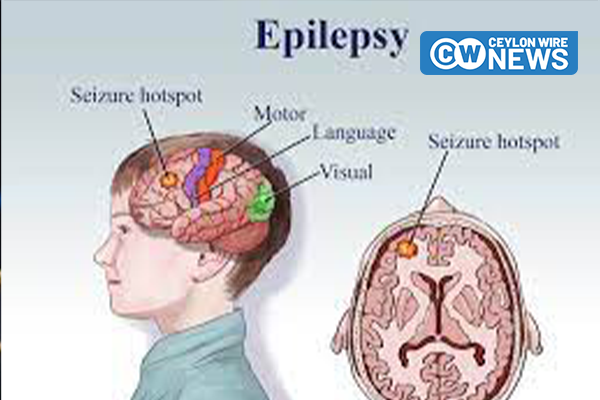Oran Knowlson, a 13-year-old from Somerset, has become the world’s first patient to undergo a trial of a new neurostimulator implanted in his skull to manage seizures caused by Lennox-Gastaut syndrome, a severe form of epilepsy. The device, known as Picostim, delivers electrical signals deep into the brain, resulting in an impressive 80% reduction in Oran’s daytime seizures.
His mother, Justine, shared with the BBC that Oran’s quality of life has significantly improved since the surgery conducted at Great Ormond Street Hospital in London in October last year. Prior to the procedure, Oran, who also deals with autism and ADHD, faced multiple daily seizures, some requiring emergency intervention.
The innovative surgery, part of the CADET project involving Great Ormond Street Hospital, University College London, King’s College Hospital, and the University of Oxford, inserted electrodes directly into Oran’s brain to target abnormal electrical activity. Unlike previous methods, the Picostim neurostimulator is placed within the skull, reducing potential complications associated with chest implants.
Martin Tisdall, the consultant paediatric neurosurgeon leading the trial, explained that this approach aims to evaluate the effectiveness of deep brain stimulation specifically for severe childhood epilepsy, offering hope for improved outcomes and reduced risks compared to previous methods.
Oran’s progress post-surgery has been remarkable, with noticeable improvements in his alertness and a significant decrease in both the frequency and severity of his seizures. Justine expressed optimism about future advancements in the trial, particularly the potential for real-time brain activity response from the neurostimulator to preempt seizures.
The success of Oran’s treatment marks a promising step forward in epilepsy management, underscoring the potential of the Picostim device to transform the lives of patients grappling with treatment-resistant forms of the condition.
Source: BBC








